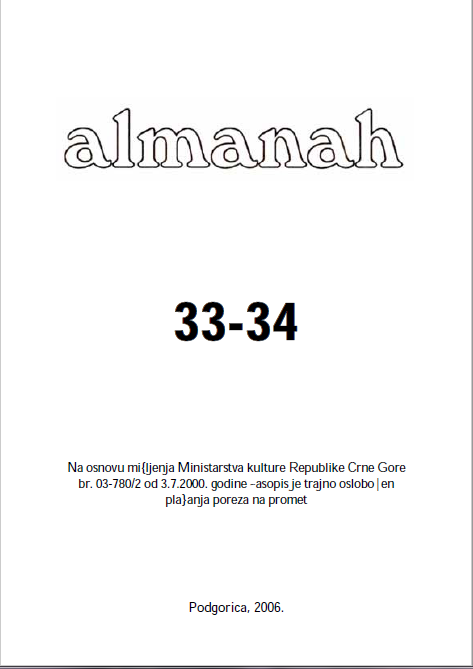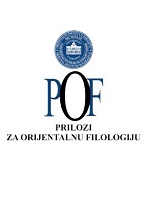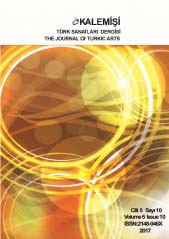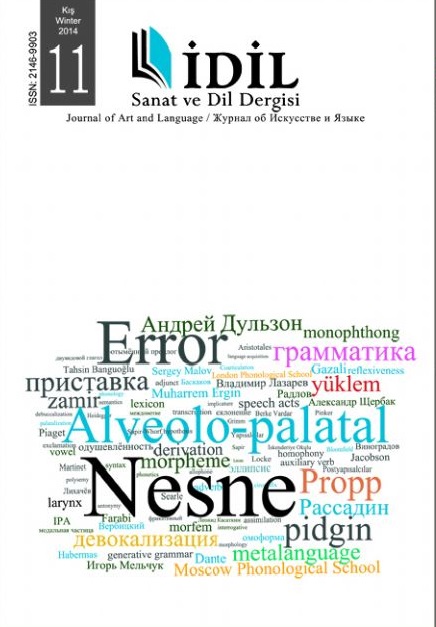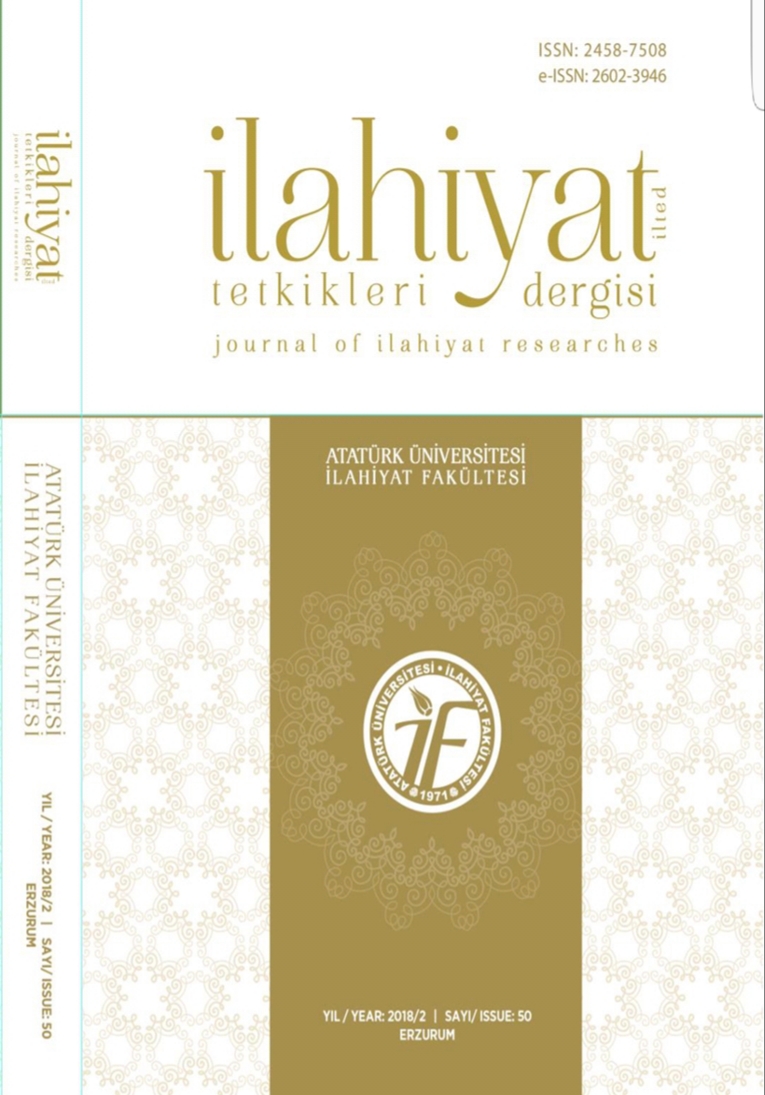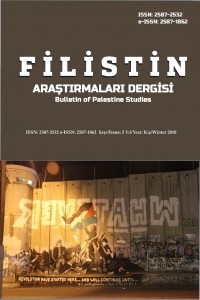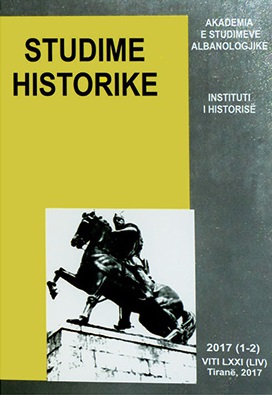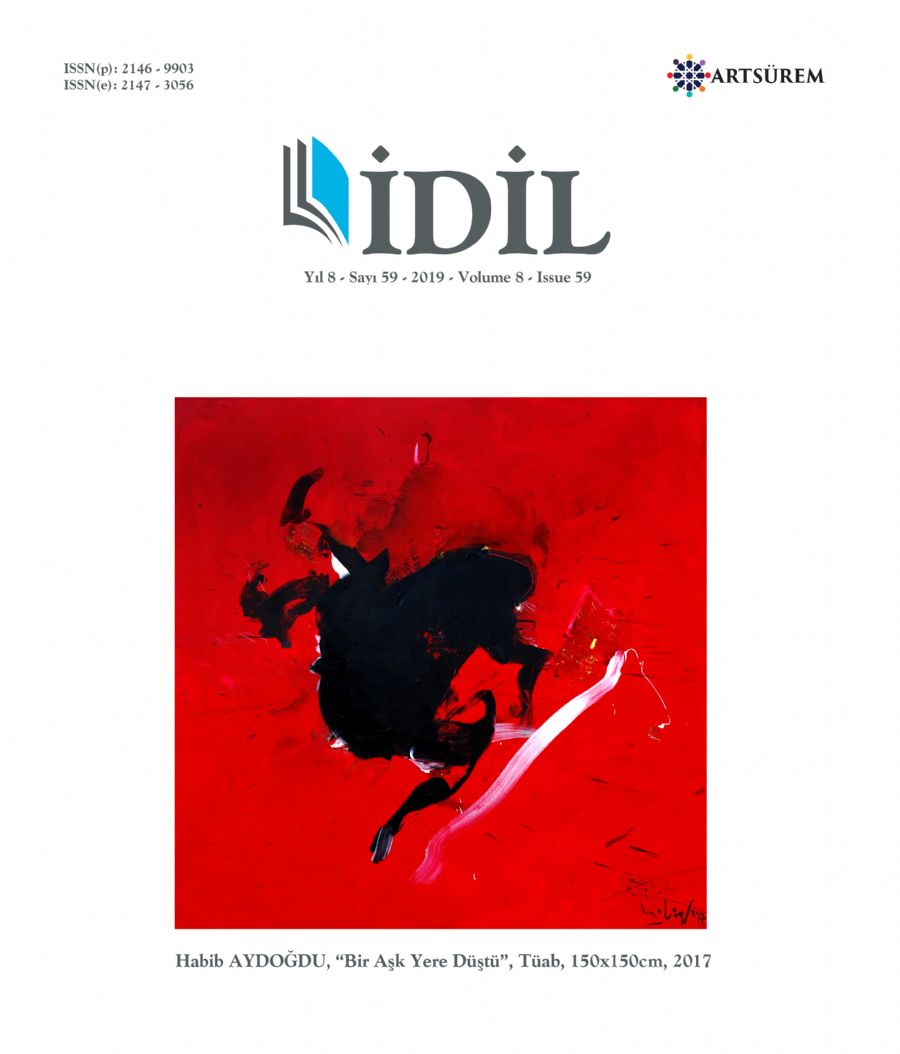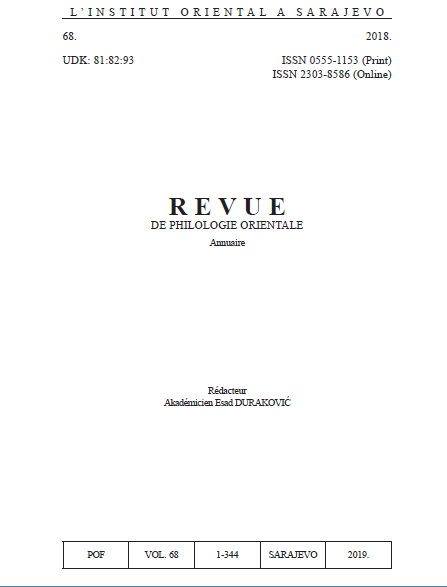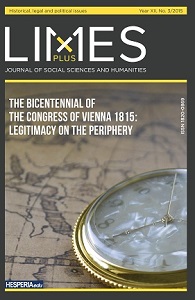
The Habsburg Monarchy and Serbs in the Ottoman Empire up until the Congress of Vienna (1739–1815)
The principal objective of this article is to demonstrate some key segments in the development of political relations between the Habsburg Monarchy and the Serbian population in the Ottoman Empire up until the Congress of Vienna in 1815. During the 18th century, the Monarchy played an active role in the instigation of Serbs to become involved in Austro–Turkish wars and to form strong liberation movements. The Ottoman feudal system was confronted with the developments that deeply disturbed the entire legal and socio-economic structure of the Empire. Their consequences within the territory of the Belgrade pashaluk struck the subservient Serbian Christian population, so called ‘rayah’, through exposure to ‘chiflik’ system, terror by authorities, forced migrations, epidemics and starvation. The movements which were most prominent in the territory of the Belgrade pashaluk led towards great liberation rebellion of the Serbs known as the Serbian Uprising of 1804.
More...
